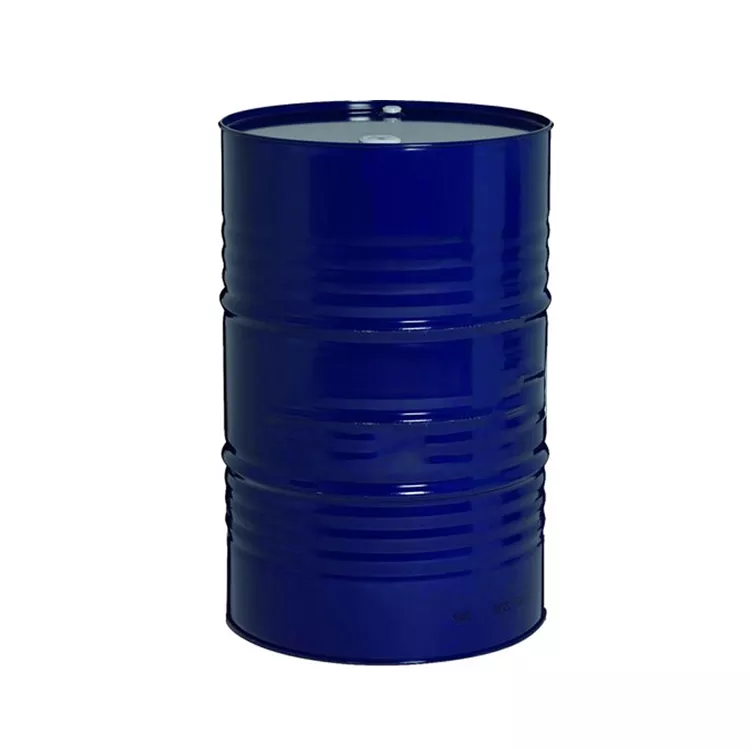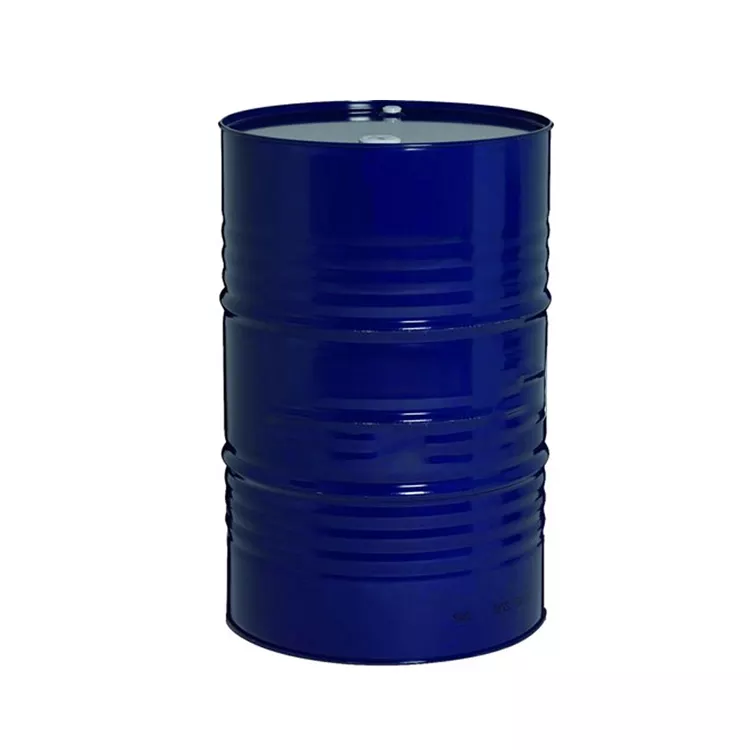
Introduction
Catalysts are substances that play a crucial role in accelerating chemical reactions without being consumed in the process. They are essential in various industries, including pharmaceuticals, petrochemicals, and automotive, where they facilitate the production of numerous products and help reduce the environmental impact of chemical processes. This article explores the fascinating role of catalysts, their mechanisms, types, applications, and the ongoing research in this vital field.
Understanding Catalysts and Their Mechanisms
Catalysts work by providing an alternative pathway for a chemical reaction to occur, lowering the activation energy required for the reactants to transform into products. This reduction in activation energy enables reactions to proceed more rapidly and efficiently, often under milder conditions. Catalysts achieve this by interacting with reactant molecules, forming temporary intermediates that facilitate the formation of products. Once the reaction is complete, the catalyst is released unchanged and can be reused in subsequent reactions.
Types of Catalysts
Catalysts can be broadly classified into two categories based on their phase:
Homogeneous Catalysts: These catalysts exist in the same phase as the reactants, usually as gases or liquids. Homogeneous catalysts often exhibit high selectivity and efficiency but can be challenging to separate and recycle from the reaction mixture. Examples include acid and base catalysts, transition metal complexes, and organocatalysts.
Heterogeneous Catalysts: These catalysts exist in a different phase than the reactants, typically as solids. Heterogeneous catalysts are easier to separate and reuse but may exhibit lower selectivity and efficiency compared to homogeneous catalysts. Examples include metal catalysts, metal oxide catalysts, and zeolites.
Applications of Catalysts
Catalysts are ubiquitous in various industries, playing a vital role in numerous processes, such as:
Petrochemical Industry: Catalysts are employed in several petrochemical processes, including cracking, reforming, and hydrocracking, to produce fuels, lubricants, and chemical intermediates.
Automotive Industry: Catalytic converters in automotive exhaust systems use catalysts to convert harmful pollutants, such as carbon monoxide, nitrogen oxides, and hydrocarbons, into less harmful substances like nitrogen, carbon dioxide, and water vapor.


Pharmaceutical Industry: Catalysts are essential in the synthesis of active pharmaceutical ingredients (APIs), enabling the production of life-saving drugs with improved efficiency and reduced waste.
Food Industry: Catalysts are used in food processing, such as the hydrogenation of vegetable oils to produce margarine and the synthesis of flavor and fragrance compounds.
Renewable Energy: Catalysts play a vital role in generating clean energy, facilitating processes such as water electrolysis for hydrogen production and fuel cells for electricity generation.
Ongoing Research and Future Prospects
The field of catalysis is constantly evolving, with researchers exploring new materials, designs, and applications. Some of the exciting developments in this area include:
Nanotechnology: The use of nanomaterials in catalysts offers enhanced surface area, improved reactivity, and better stability, opening up new possibilities for catalytic processes.
Biocatalysts: Inspired by nature, researchers are developing biocatalysts, such as enzymes and whole cells, that exhibit high selectivity and efficiency in diverse chemical reactions.
Computational Design: Advanced computational tools and techniques are being employed to predict and optimize the performance of catalysts, accelerating the discovery and development of new materials.
Green Catalysis: The search for environmentally friendly catalysts and processes is an ongoing effort, aiming to minimize waste, reduce energy consumption, and promote sustainable chemical transformations.
Conclusion
Catalysts play a pivotal role in accelerating chemical reactions and shaping various industries, from pharmaceuticals and petrochemicals to automotive and renewable energy. As research continues to uncover new materials and applications, catalysts will undoubtedly remain at the forefront of sustainable and efficient chemical processes, contributing to a greener and more prosperous future.
Recommended Reading?

Introduction
In the ever-evolving world of chemistry and industrial processes, the demand for high resilience catalysts is on the rise. These exceptional materials play a crucial role in enhancing the efficiency and sustainability of chemical reactions, thereby contributing to a greener and more cost-effective future. This article delves into the fascinating world of high resilience catalysts, their applications, benefits, and the ongoing research in this cutting-edge field.
Understanding High Resilience Catalysts
High resilience catalysts are materials designed to withstand harsh conditions, such as high temperatures, pressures, and corrosive environments, while maintaining their catalytic properties. They facilitate chemical reactions by lowering the activation energy required for reactants to transform into products, without being consumed in the process. These catalysts are typically composed of metals, metal oxides, or other inorganic compounds, and their unique structures enable them to accelerate reactions with remarkable resilience.
Applications of High Resilience Catalysts
The versatility and durability of high resilience catalysts make them indispensable in various industries, including:
Automotive: High resilience catalysts are integral to automotive exhaust systems, where they convert harmful pollutants, such as carbon monoxide, nitrogen oxides, and hydrocarbons, into less harmful substances like nitrogen, carbon dioxide, and water vapor.
Petrochemical: In the petrochemical industry, high resilience catalysts are used in various processes, such as cracking, hydrocracking, and reforming, to produce fuels, lubricants, and other chemical intermediates.
Pharmaceuticals: High resilience catalysts are employed in the synthesis of active pharmaceutical ingredients (APIs), enabling the production of life-saving drugs with improved efficiency and reduced waste.


Renewable Energy: High resilience catalysts play a vital role in the generation of clean energy, facilitating processes such as water electrolysis for hydrogen production and fuel cells for electricity generation.
Benefits of High Resilience Catalysts
The use of high resilience catalysts offers numerous advantages, including:
Enhanced Efficiency: By lowering the activation energy required for chemical reactions, high resilience catalysts enable faster and more efficient processes, leading to increased productivity and reduced energy consumption.
Improved Sustainability: High resilience catalysts promote greener chemical reactions by minimizing waste, reducing emissions, and facilitating the production of renewable energy sources.
Cost Savings: The durability and longevity of high resilience catalysts translate into lower replacement costs and reduced downtime, resulting in significant economic benefits for industries.
Innovation: The development of high resilience catalysts drives innovation in various sectors, enabling the creation of new materials, processes, and products.
Ongoing Research and Future Prospects
The field of high resilience catalysts is constantly evolving, with researchers exploring new materials, designs, and applications. Some of the exciting developments in this area include:
Nanotechnology: The use of nanomaterials in high resilience catalysts offers enhanced surface area, improved reactivity, and better stability, opening up new possibilities for catalytic processes.
Biocatalysts: Inspired by nature, researchers are developing biocatalysts, such as enzymes and whole cells, that exhibit high resilience and selectivity in diverse chemical reactions.
Computational Design: Advanced computational tools and techniques are being employed to predict and optimize the performance of high resilience catalysts, accelerating the discovery and development of new materials.
Conclusion
High resilience catalysts are at the forefront of sustainable and efficient chemical reactions, transforming industries and paving the way for a greener future. As research continues to uncover new materials and applications, these remarkable catalysts will undoubtedly play an increasingly vital role in shaping the world of chemistry and beyond.
Recommended Reading?

Discover the world of spray catalysts and learn how they contribute to enhanced surface protection, durability, and functionality in various coating applications.
Introduction
Spray catalysts are specialized materials designed to improve the performance and properties of coatings applied through spray techniques. These innovative catalysts play a crucial role in promoting better surface protection, durability, and functionality across a wide range of industries, including automotive, aerospace, marine, and construction. This article delves into the concept of spray catalysts, their applications, and the advancements that are shaping their future.
Understanding Spray Catalysts
Spray catalysts are typically composed of metal or metal oxide nanoparticles, which are integrated into the coating formulation or applied as a separate layer during the spray coating process. They function by facilitating chemical reactions that help to enhance the cross-linking, curing, and adhesion of the coating, resulting in improved surface protection and performance.
Applications of Spray Catalysts
The versatility of spray catalysts has led to their widespread adoption across various coating applications. Some of the most prominent applications include:
Automotive: Spray catalysts are used in automotive coatings to improve the durability, scratch resistance, and appearance of vehicle surfaces. By enhancing the curing and cross-linking of the coating, these catalysts contribute to better protection against corrosion, UV radiation, and environmental contaminants.


Aerospace: In the aerospace industry, spray catalysts are employed to enhance the performance of coatings applied to aircraft surfaces. These catalysts help to improve the resistance to high temperatures, humidity, and chemical exposure, ensuring the longevity and safety of aerospace components.
Marine: The marine sector benefits from spray catalysts in the form of anti-fouling and anti-corrosion coatings, which protect ships and offshore structures from the damaging effects of seawater and marine organisms. These catalysts contribute to improved coating performance and reduced maintenance requirements.
Construction: Spray catalysts are used in various construction coatings, such as anti-graffiti, waterproofing, and fire-resistant coatings. By enhancing the properties of these coatings, spray catalysts help to extend the lifespan of buildings and infrastructure while improving their overall appearance and functionality.
Advancements in Spray Catalysts Technology
The field of spray catalysts is continually evolving, with researchers and manufacturers constantly seeking to develop new and improved materials. Some of the latest advancements in spray catalysts technology include:
Nanotechnology: The integration of nanotechnology in spray catalysts has led to the creation of advanced materials with enhanced properties, such as increased surface area, improved stability, and better dispersion. These features contribute to more efficient and effective coating performance.
Eco-friendly Catalysts: In response to growing environmental concerns, the development of eco-friendly spray catalysts has gained momentum. These materials are designed to reduce volatile organic compound (VOC) emissions and minimize waste generation during the coating process.
Smart Coatings: Smart coatings, also known as responsive coatings, are a new generation of coating systems that can change their properties in response to external stimuli, such as temperature, light, or pH. Spray catalysts play a crucial role in the development of these intelligent materials.
The Future of Spray Catalysts
As the demand for high-performance, durable, and eco-friendly coatings continues to grow, the market for spray catalysts is expected to expand significantly. According to a recent study, the global spray catalysts market is projected to reach USD 2.5 billion by 2026, growing at a CAGR of 5.5% during the forecast period.
The future of spray catalysts lies in the development of advanced materials that can address the evolving needs of various industries. Researchers are focusing on creating multifunctional catalysts that can provide multiple performance benefits simultaneously, such as corrosion resistance, self-healing, and anti-microbial properties. Additionally, the development of sustainable and eco-friendly spray catalysts will continue to be a priority, as the world moves towards a greener and more environmentally conscious future.
Conclusion
Spray catalysts have undeniably transformed the landscape of coating technology, offering unparalleled surface protection, durability, and functionality. As advancements in technology continue to shape the future of spray catalysts, we can expect to see even more innovative and sustainable solutions that will further revolutionize various industries. With their unique properties and wide-ranging applications, spray catalysts are truly a testament to the power of human ingenuity and the relentless pursuit of progress.
Recommended Reading?









